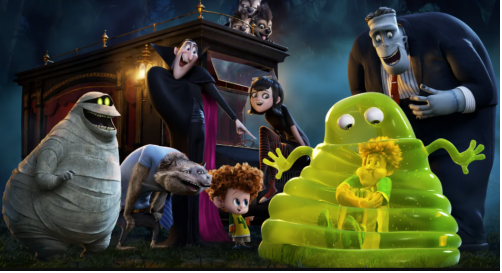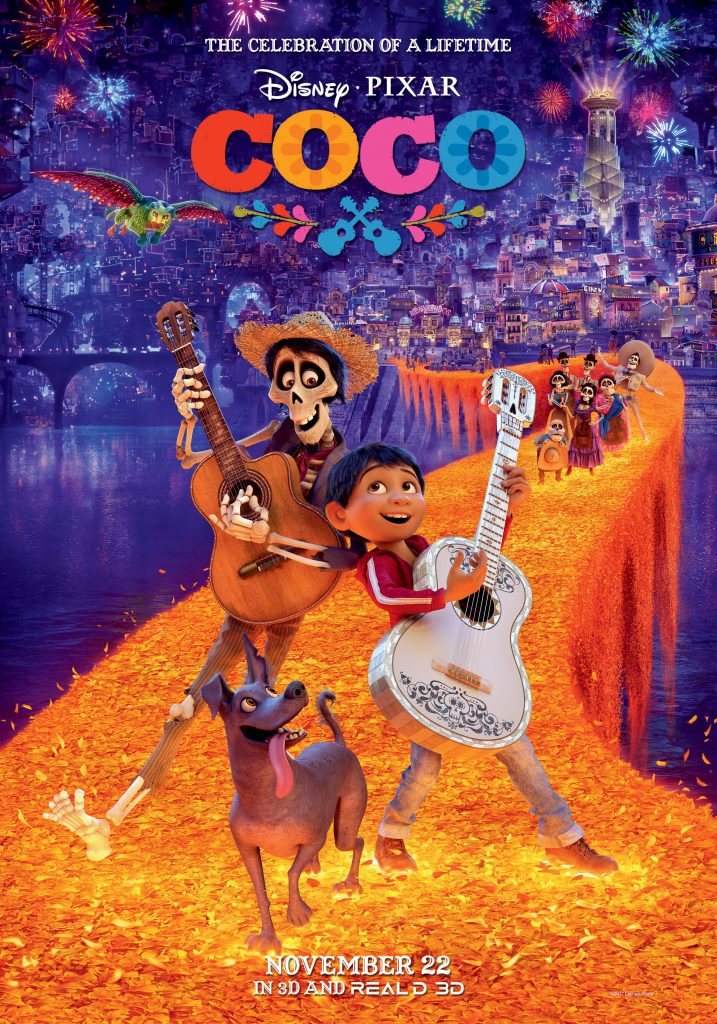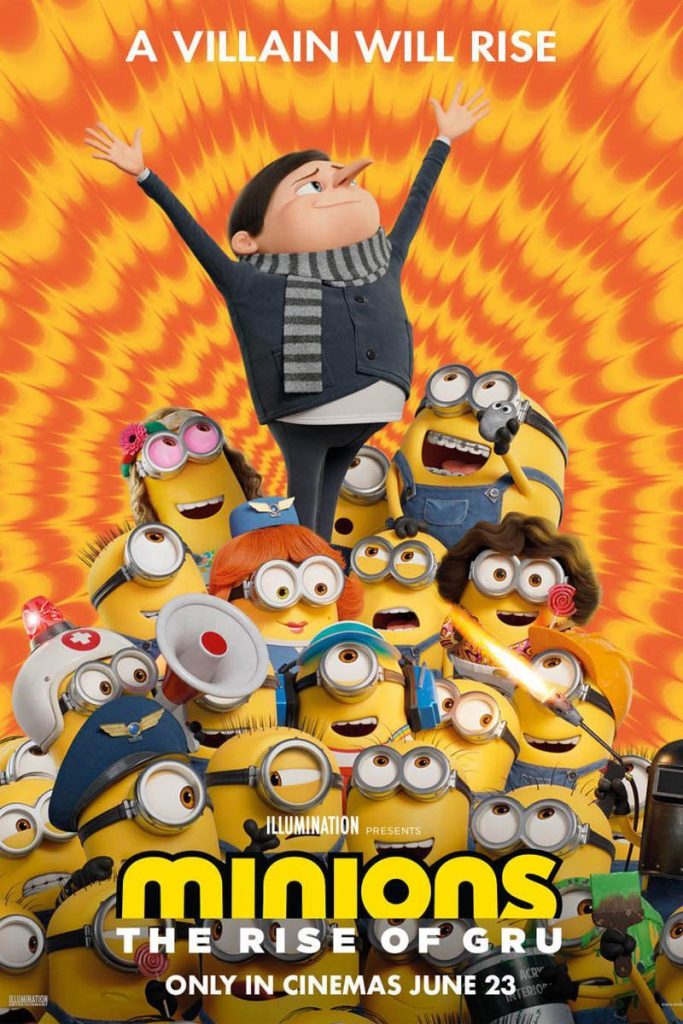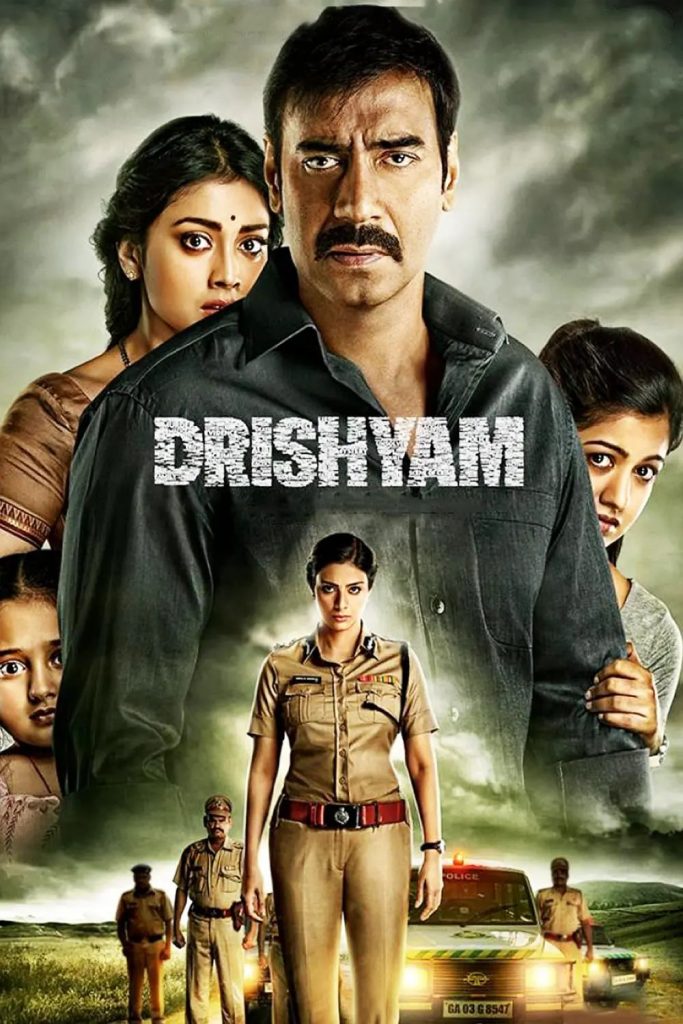Released in 2015, The Misfortune of Concealing Heaven was a huge hit in the mainland market that year, with over RMB 1.3 billion at the box office after a modest opening week of RMB 200 million.
What made the film so popular was that it told a suspenseful yet touching story, the original version of which came from this Indian film, “The Misfortune of Concealing Heaven”, which had a rating of 8.6 on Douban.

I. A brilliant story
The film revolves around an incident of manslaughter in which Anjou, a high school student, meets Damu at a school function and accidentally kills him after being threatened and intimidated by him, while Vijay, the father, fakes the truth to protect his daughter and get away with it.
The key element at the heart of the film is the ‘visual presentation’, with Vijay acting like a magician, editing fragments of images and footage to turn the impossible into the possible.
There is a strong element of suspense, and while the outcome is thrown out at the beginning, there is a great deal of thought put into how Vijay goes about creating an alibi. The interplay between the various actions of the Vijay family and the police’s pressing investigation, with a strong sense of oppression in the process of tracking and counter-tracking, keeps the audience entertained.
What Vijay does well is to understand that people’s memories can be biased, and that bias becomes more pronounced as time goes on. It is a brilliant piece of work.
What’s even more incredible is that Vijay, who dropped out of primary school after only four years, gets all his ideas and wisdom from the various films he has seen before, and this use of film is like a propaganda film to promote the film to the general public.
Apart from what the audience can obviously guess, the script is also brilliant in its final reversal, when everyone, including the audience, thinks that Vijay is still losing out because of his young daughter, but he closes the film with a stunning comeback to be the one who laughs all the way to the bank.
II. Abundant and rich emotions
The main reason why the film has generated so much empathy and sympathy from the audience is that it has created a large number of vivid characters and shown the bond between human beings.
The father, Vijay, who is the central character in the film, is unlikable and even unprofessional in the opening moments, but as the story progresses, the image of a father who cares for his children and would do anything for his family gradually becomes more and more three-dimensional, and eventually grows taller and stronger.
In the eyes of those around him, Vijay is like any ordinary Indian, kind and compassionate, living a stable but modest life.
When their loved ones are hurt, some choose to hold back, some choose to fight back, and some will do whatever it takes to protect them – Vijay is the latter. The things he does that are mind-boggling are ultimately due to his strongest love for all members of his family, so he puts his life on the line and bets everything.
In contrast to Vijay’s recklessness, Mera is no less a villain. This woman, who is both the Director of Public Prosecutions and a mother, gives the impression of being a vicious and ruthless woman, who is violent and coercive towards the suspects, and who does not hesitate to extract confessions from Vijay’s family.
However, later in the story, Mehra also shows the softer side of motherhood, as she uses all sorts of methods to break the law, also out of love for her son.
Vijay and Mehra are like two sides of the same coin, equally intelligent and stubborn, and can go forward to achieve their goals.
A merciless mockery of the Indian system
The most commendable thing about Indian cinema is that it dares to present the dark side of society and make a merciless mockery of injustice.
The root of the tragedy in this film is precisely because Damu secretly films Anjou taking a bath and uses the opportunity to threaten. India is a country where the status of men and women is extremely unequal. Once indecent videos and photos of women are exposed, the first thing the public will do is not to condemn the person who took the photos, but to verbally attack the woman. The various crimes of rape and gang rape that keep coming to light in India are precisely because they capture this mentality of the public.
The incompetence and greed of the police force is what brings this tragedy to the forefront of the public’s attention.
The first half of the film presents the audience with the ugly faces of a group of police officers, represented by Gaydonde, who, instead of playing their role of protecting the citizens, go around taking bribes, eating bully food and, worse still, bad-mouthing, punching and kicking anyone they see in disfavour.
During the interrogation of Vijay’s family, the police officers know that they are breaking the law and are constantly resorting to intimidation and bullying, showing no humanity at all, and even degenerating to the point of threatening the little girl. In the film, Vijay cleverly exploits this by magnifying the behaviour of the police and presenting it nakedly to the public, winning the final victory with the help of public opinion and in line with the audience’s psychological expectations.
Ironically, at the end of the film, it is revealed where Damm’s body has been buried, but it turns out that Vijay has already buried him under the new police station building.
Regrets and shortcomings
To be sure, the film has a very good script, and the storytelling is up and down, with three-dimensional characters and full of emotion, but aside from that, the film is also guilty of the common problem of Indian films – being long and tedious.
At 163 minutes, the film’s length is too long, which seriously affects the pace of the film, especially in the first half, where the narrative is too loose and there are too many non-essential strands that drag down the standard of the film.
In terms of the choice of soundtrack, the film still has a distinctly Indian flavour, which might not be out of place in a typical drama, but in a story with a large suspense component like this one, it always feels like it’s overwhelming, especially once we get to the tense plot, the contrast in atmosphere becomes more pronounced, and the various flashbacks in the middle section are not at all extreme, without any white space, although they bring the story The film’s middle section is not at all highbrow and does not leave any white space, and although it presents all the details and processes of the story to the audience, it lacks room for reflection and imagination.
Over the years, Indian cinema has developed its own style and pattern, which is not only bold but also very deep in its social analysis and interrogation of human nature, which is similar to that of Korean cinema.
However, when dealing with emotion and technology, Indian films tend to overdo it, especially in the genre, leading to aesthetic fatigue.













